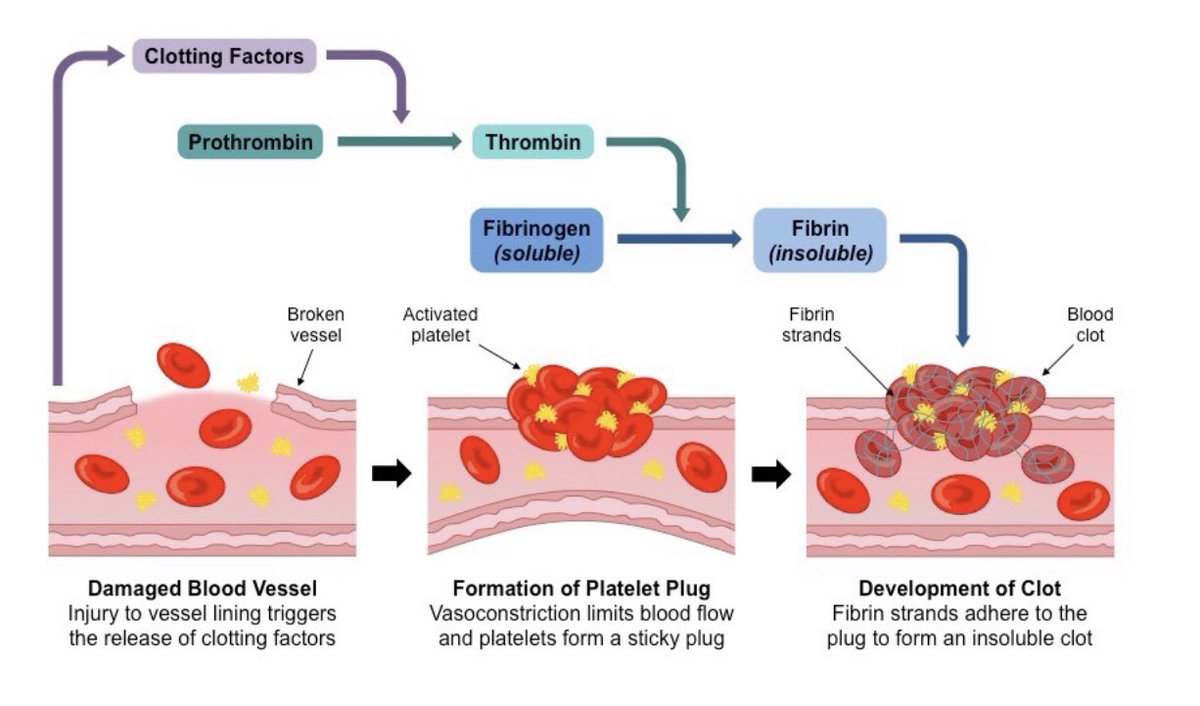
On schools and COVID. This one is a hot topic in our household as my partner is a developmental Pediatrician and I’m an ICU physician. It’s pretty clear that we are directly albeit oppositely effected by the school system and how it handles infections. Yes, we often disagree.
The pinion on which this argument seems to rotate is whether or not schools drive community transmission or they are just a function of it. There seems to be a lot of dancing around these definitions. We know when we shut schools down we see dropping community numbers.
The problem is, those measures come with a bunch of simultaneous interventions. Add lots of variables and it becomes increasingly more difficult to sort out which ones have the greatest effects. There is also heterogeneity amounts school resources and management.
Our schools and their staff have had to “step up” to do the work of public health in many cases. Clearly things they weren’t trained for. Resources are often scares and allocated differently. School populations are very different socioeconomically.
I am mentally removing the quotation marks around step up. Our school staff has gone above and beyond all expectations to keep schools safe and running, despite never being trained in public health. (Sorry 😬)
As an ICU doc, when schools close I relax, because I know community numbers will drop. No matter how well a school does at testing and isolating, the rate of asymptomatic infections in this population is a big problem. Point of care testing could have helped us there.
My wife sees the other side. Schools are a lifeline for her patients, and her patient’s families. Besides the educational and special needs aspects, they are an access point for a lot of social and support programs. They provide child care as well.
These repercussions are far less immediate but possibly more devastating in the long run. Parents know them. Teachers do too. Pediatricians are rending there hands about it. One thing is clear. This is yet another example of how the pandemic has shown social disparity.
Perhaps this is one of the most telling graphs I have seen in a long time about how to not get COVID. 

As always, this thread is not going to give you simple solutions. Why schools are so contentious is because wealth disparity is so contentious, and our current thoughts about our social contract have become rather short sited.
“Sighted”. To fix schools, be need to fix taxation, support primary and secondary education, reform our approach to mental health, embrace primary prevention and addiction medicine. Schools are a microcosm of what is to come later.
But for now, it’s pretty clear that we are taking a gamble that our vaccine numbers will blunt the fourth wave. I think that is a long shot. If we really were looking at the science, we would wait until two weeks after 85% of our population had at least their first shot.
Because despite my optimism, I know that B1617.2 is out there. It’s more infectious then B117, and it will spread in schools, and out of them. On that, both my wife and I agree.
Thank you to everyone in education. You are my heros and my hope for the future.
Thank you to everyone in education. You are my heros and my hope for the future.
• • •
Missing some Tweet in this thread? You can try to
force a refresh




